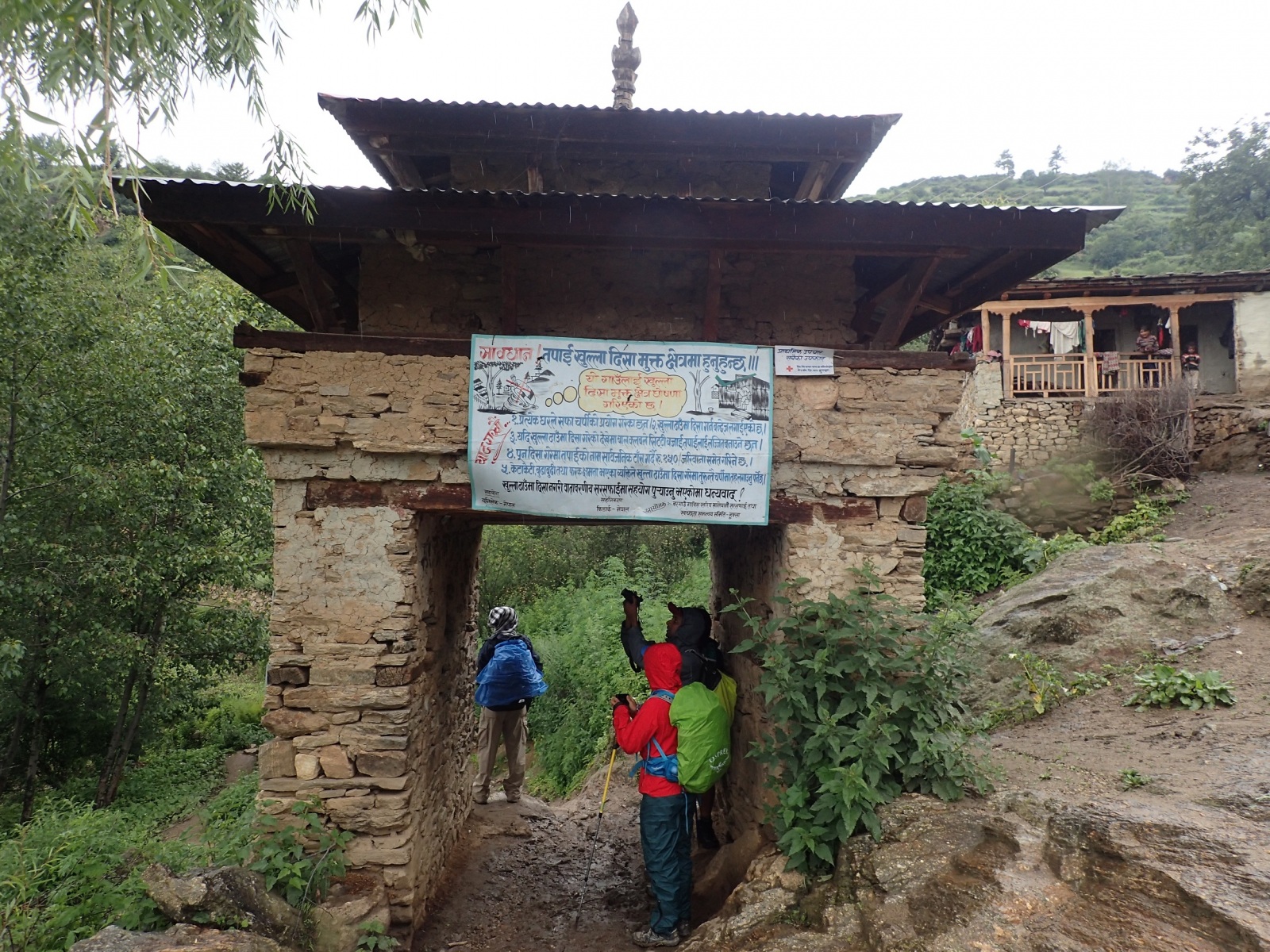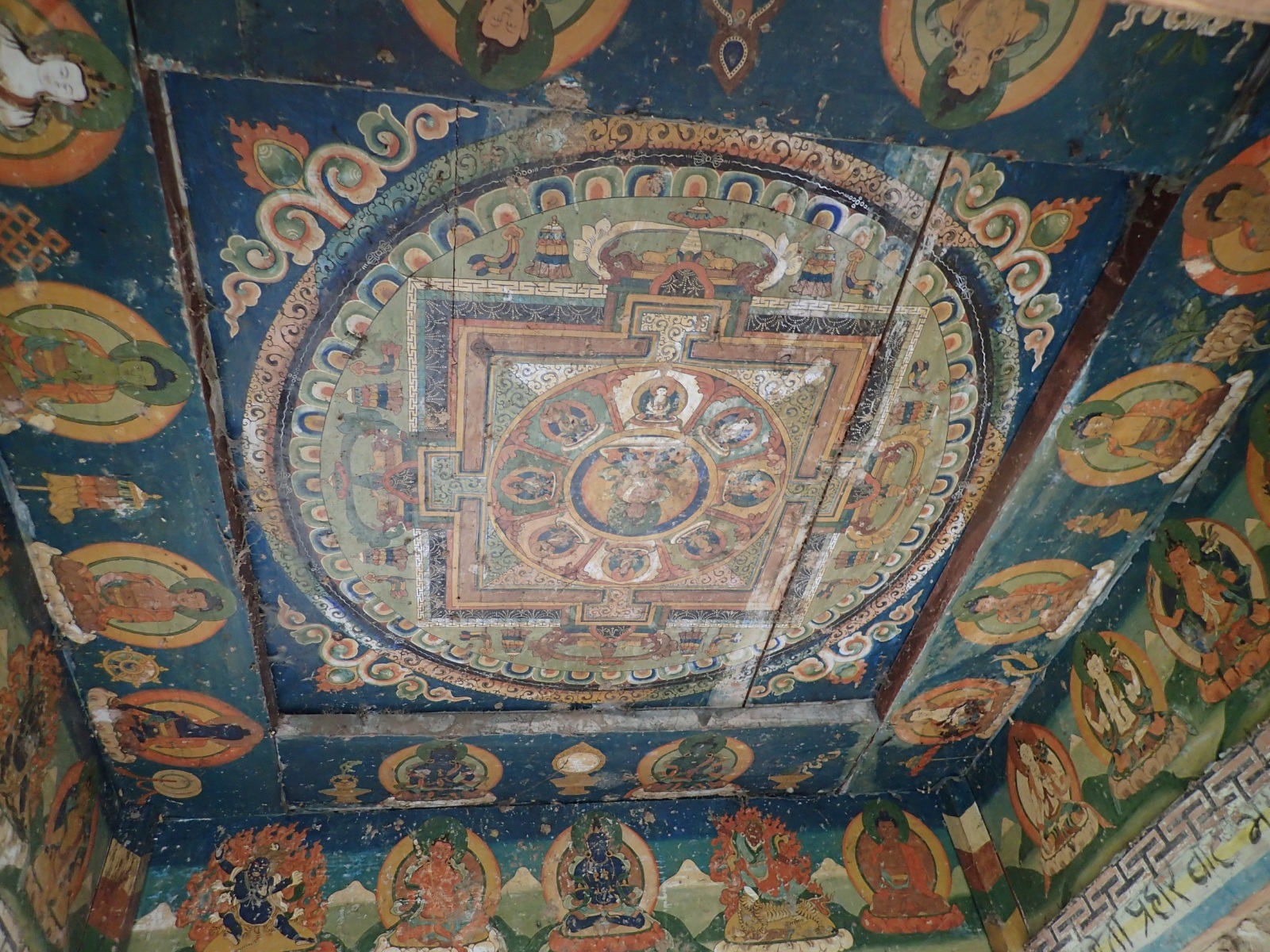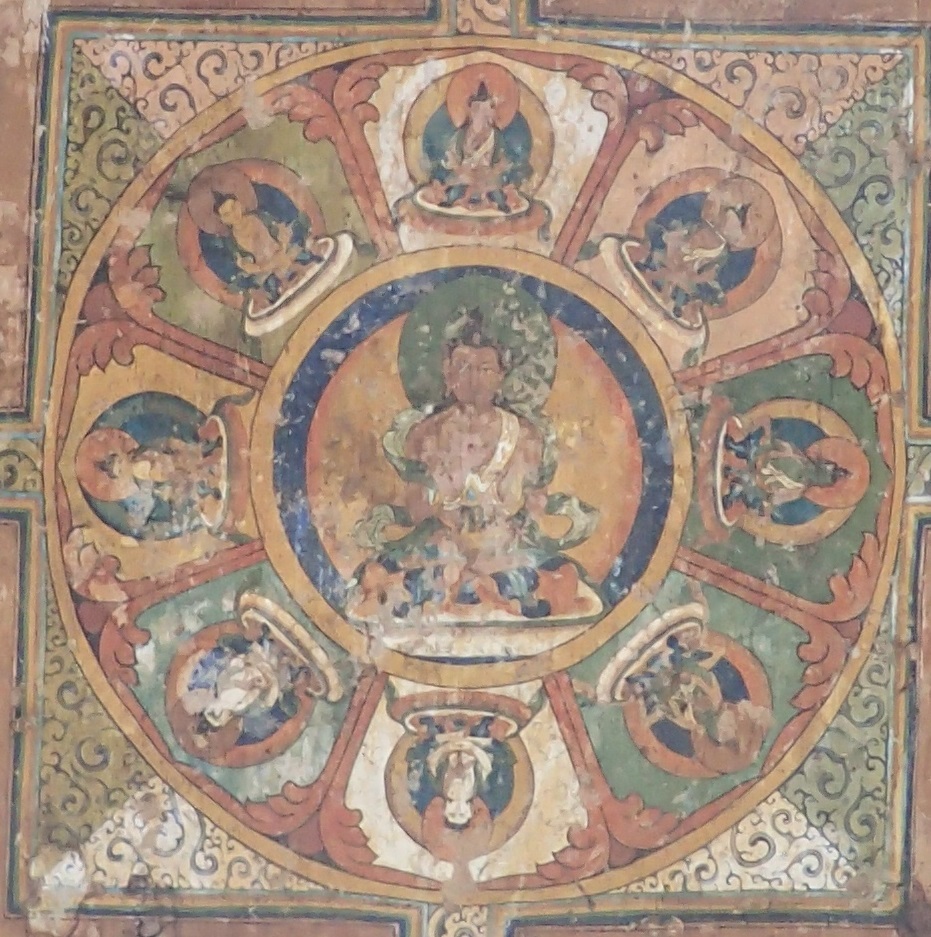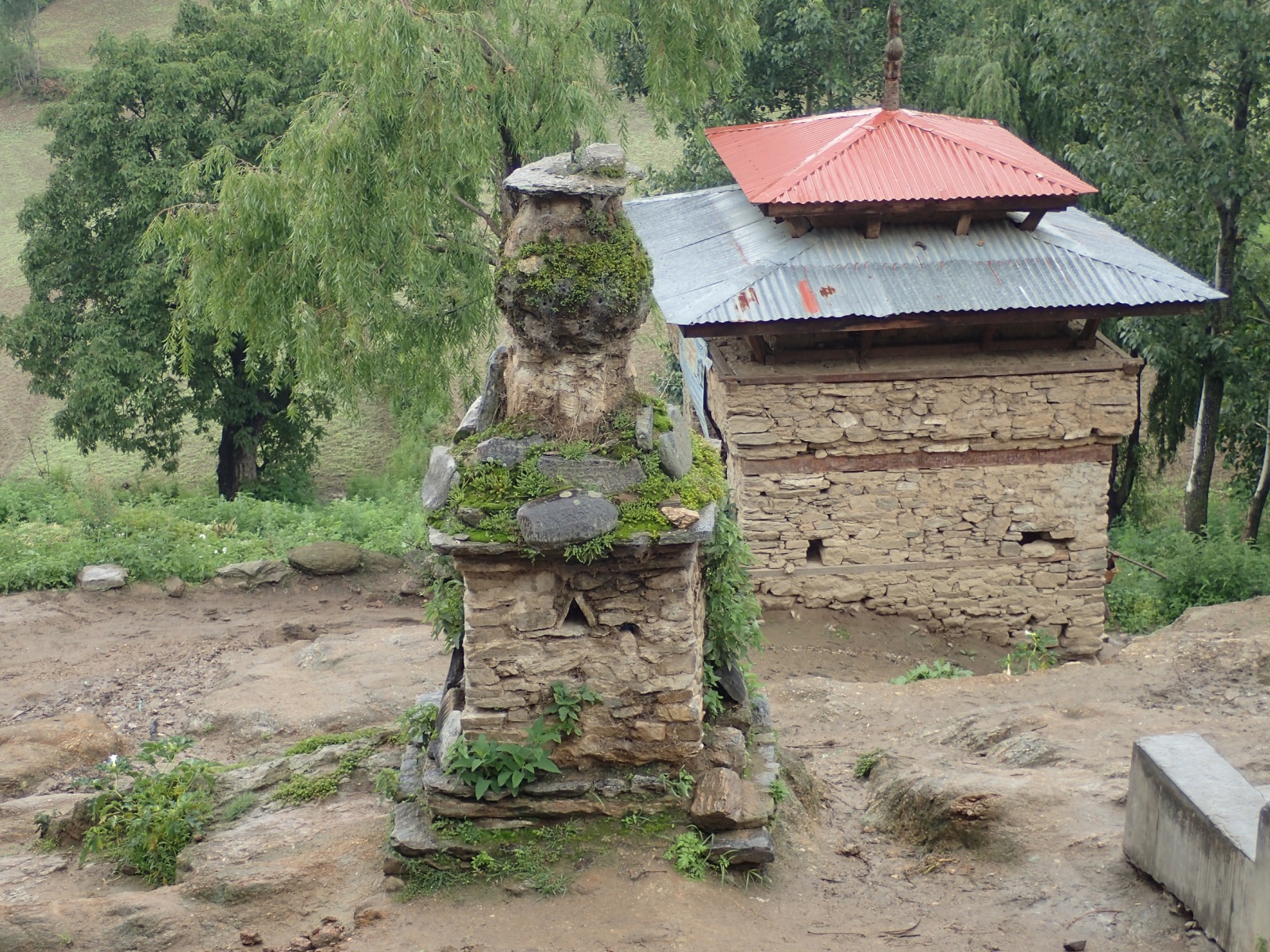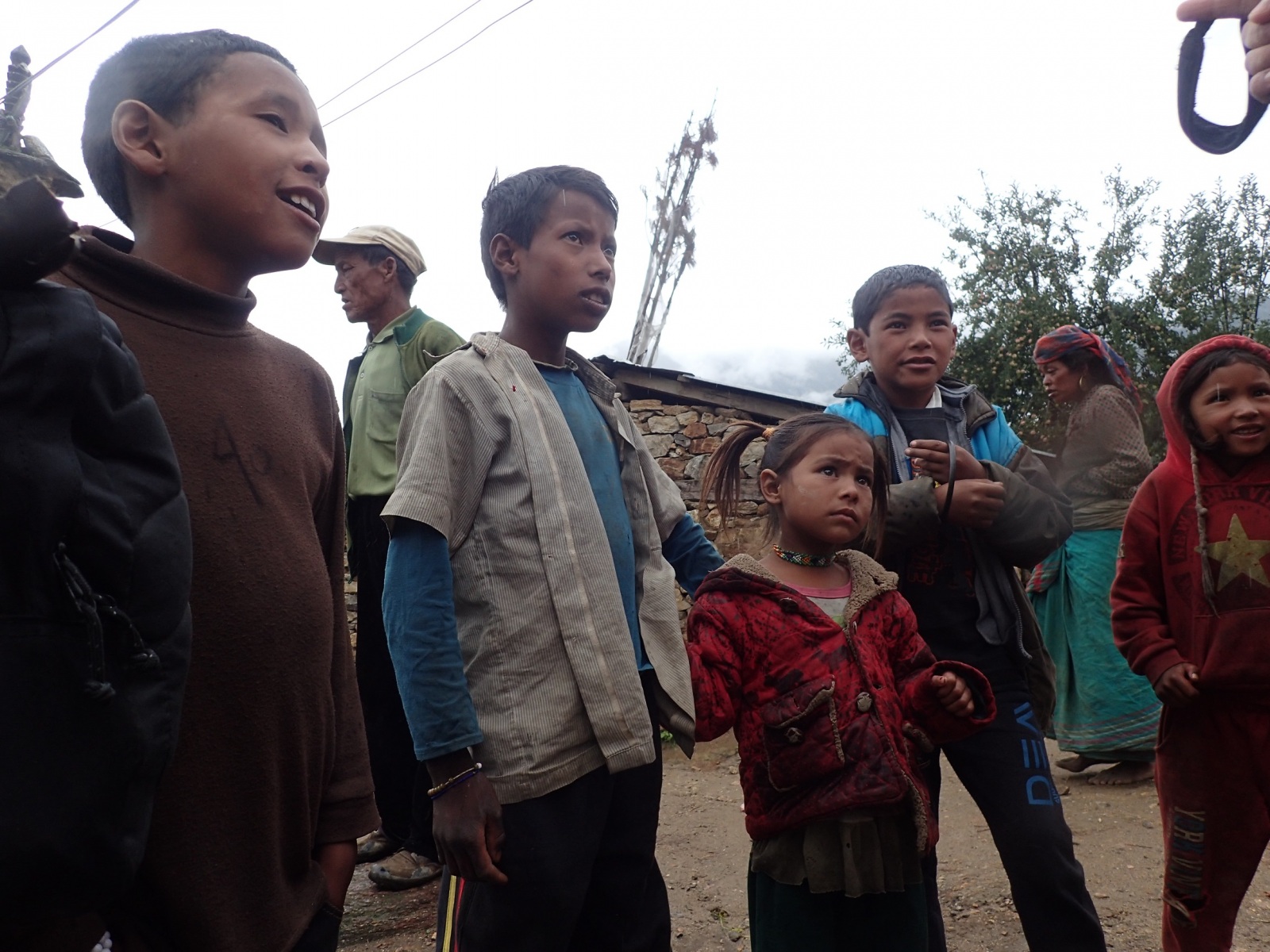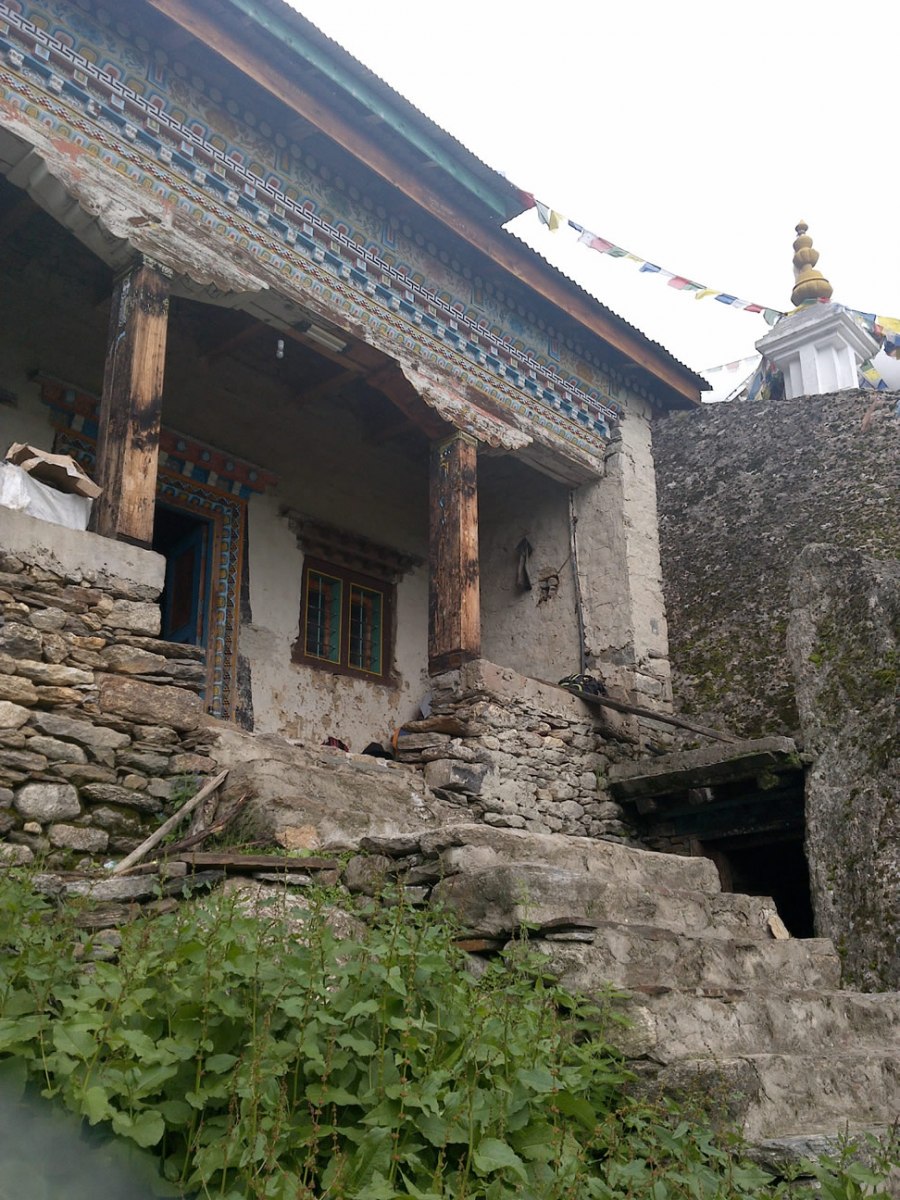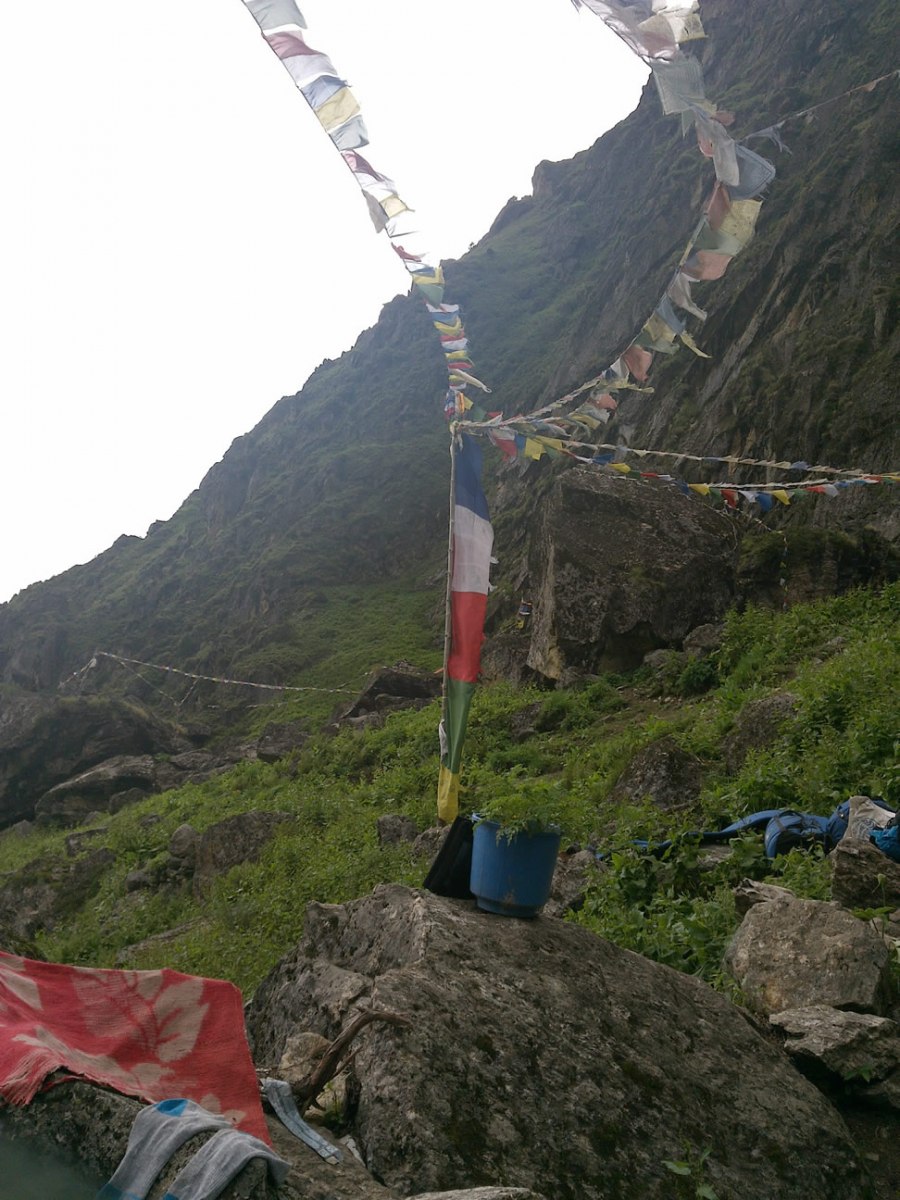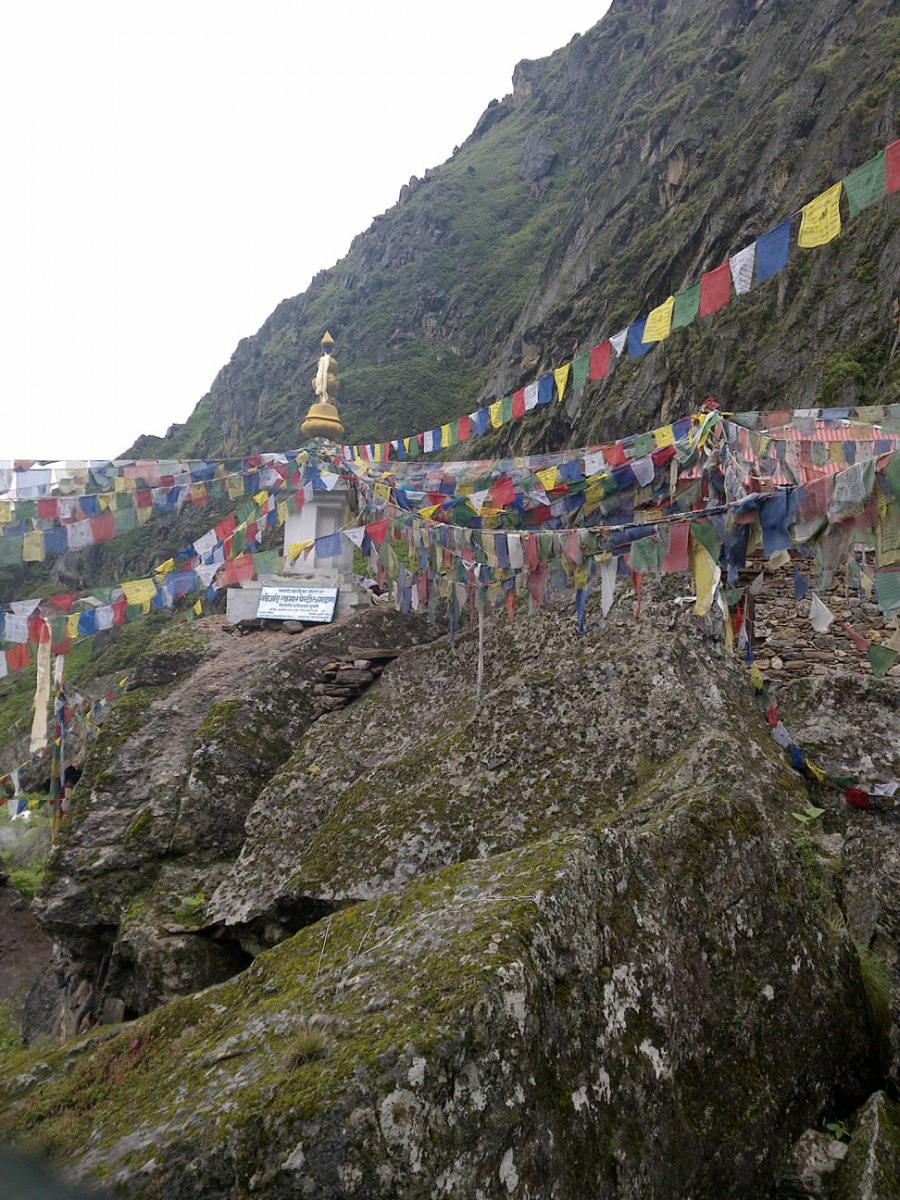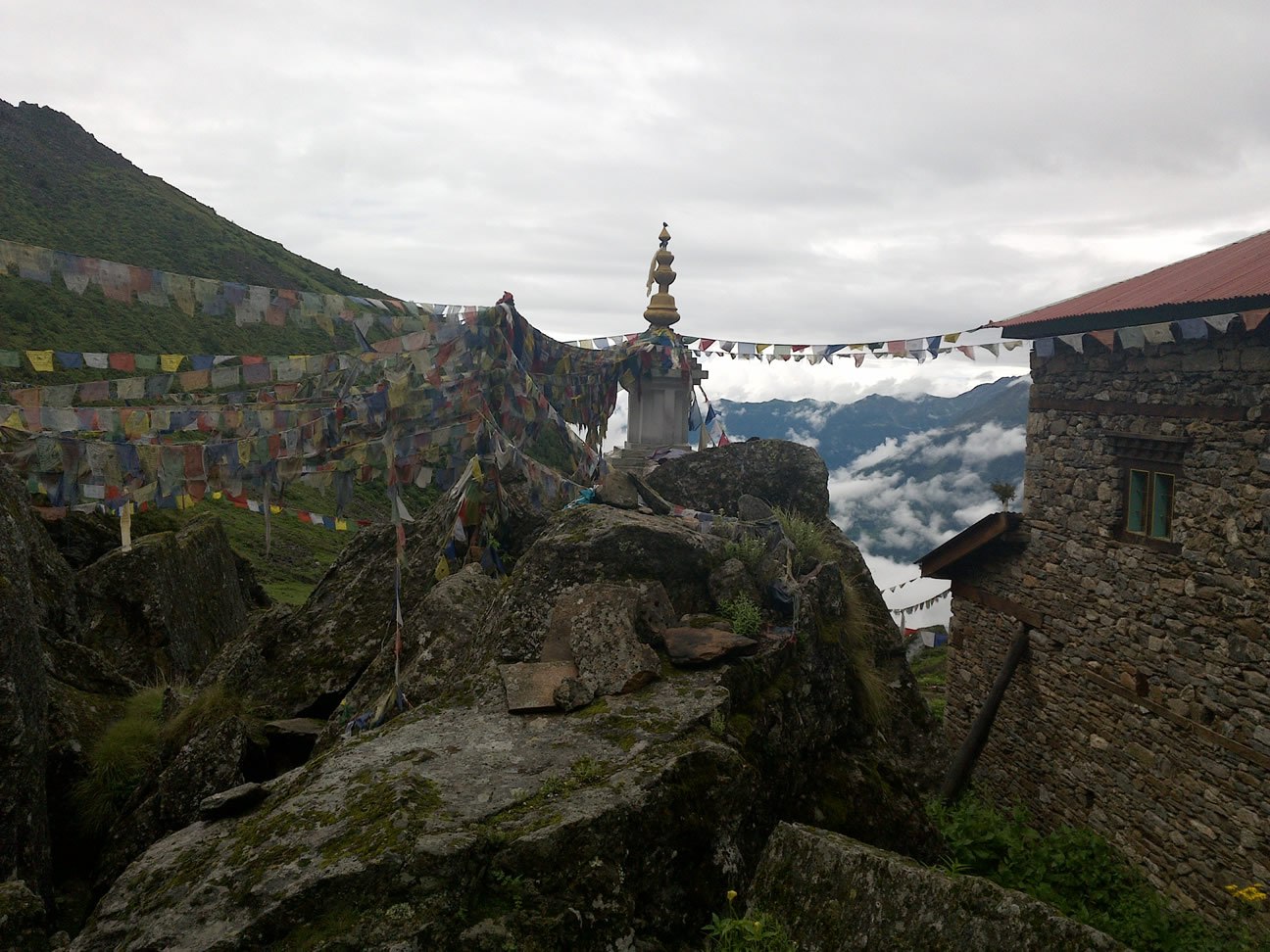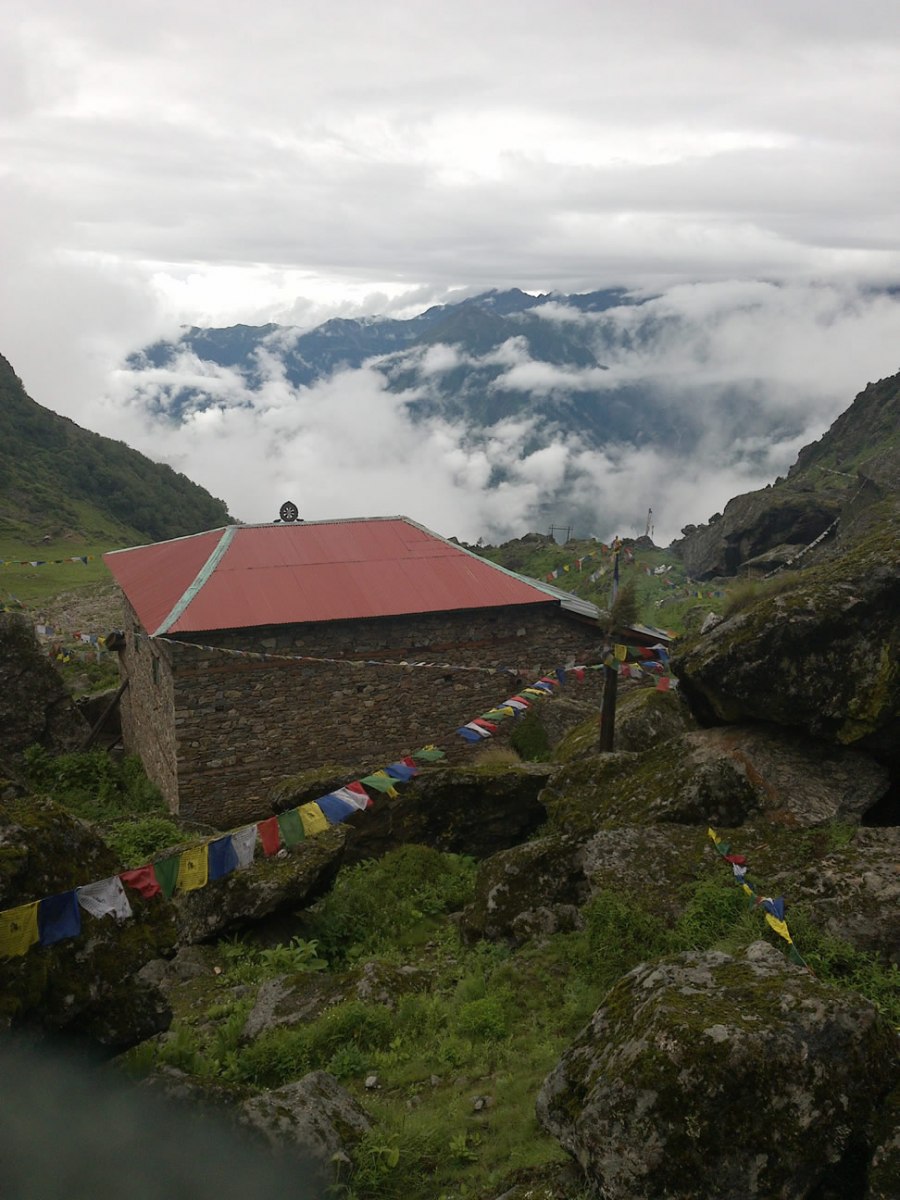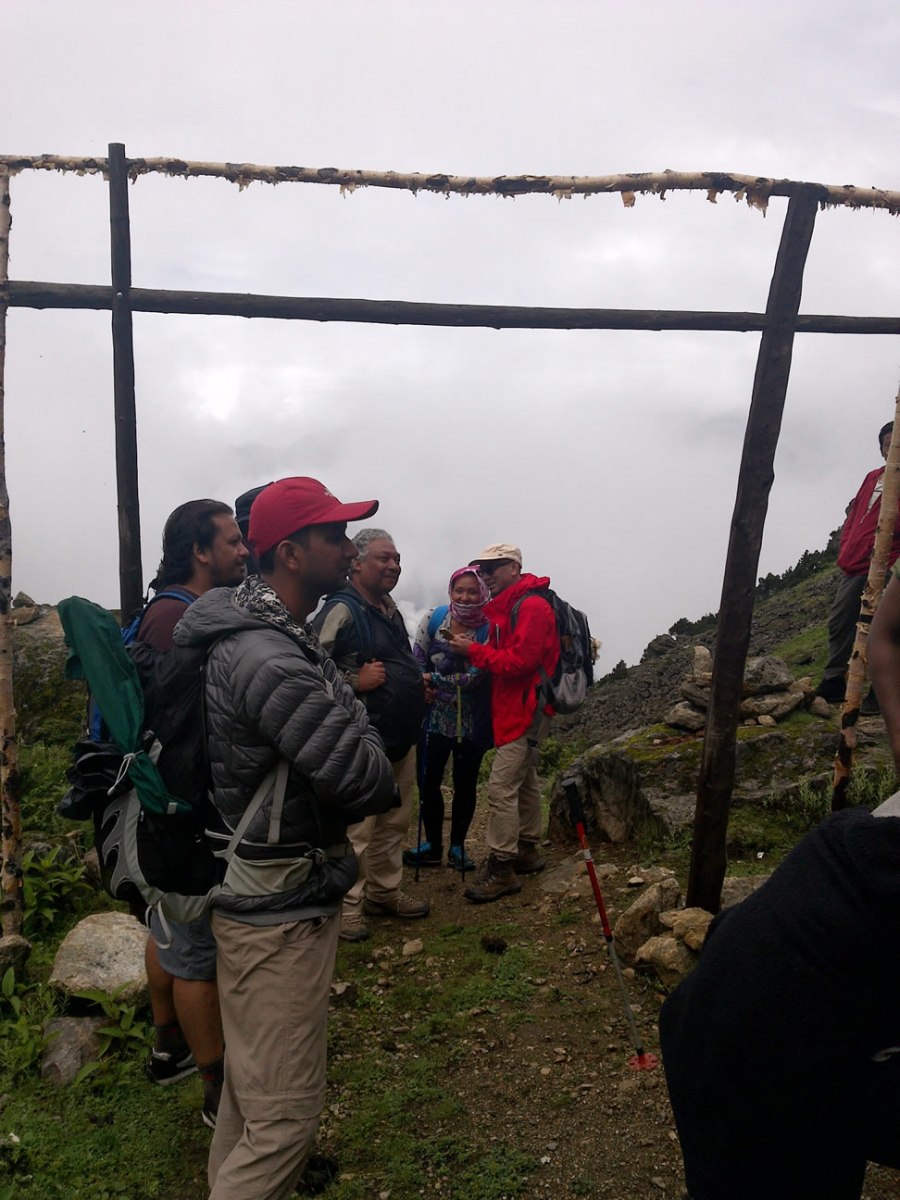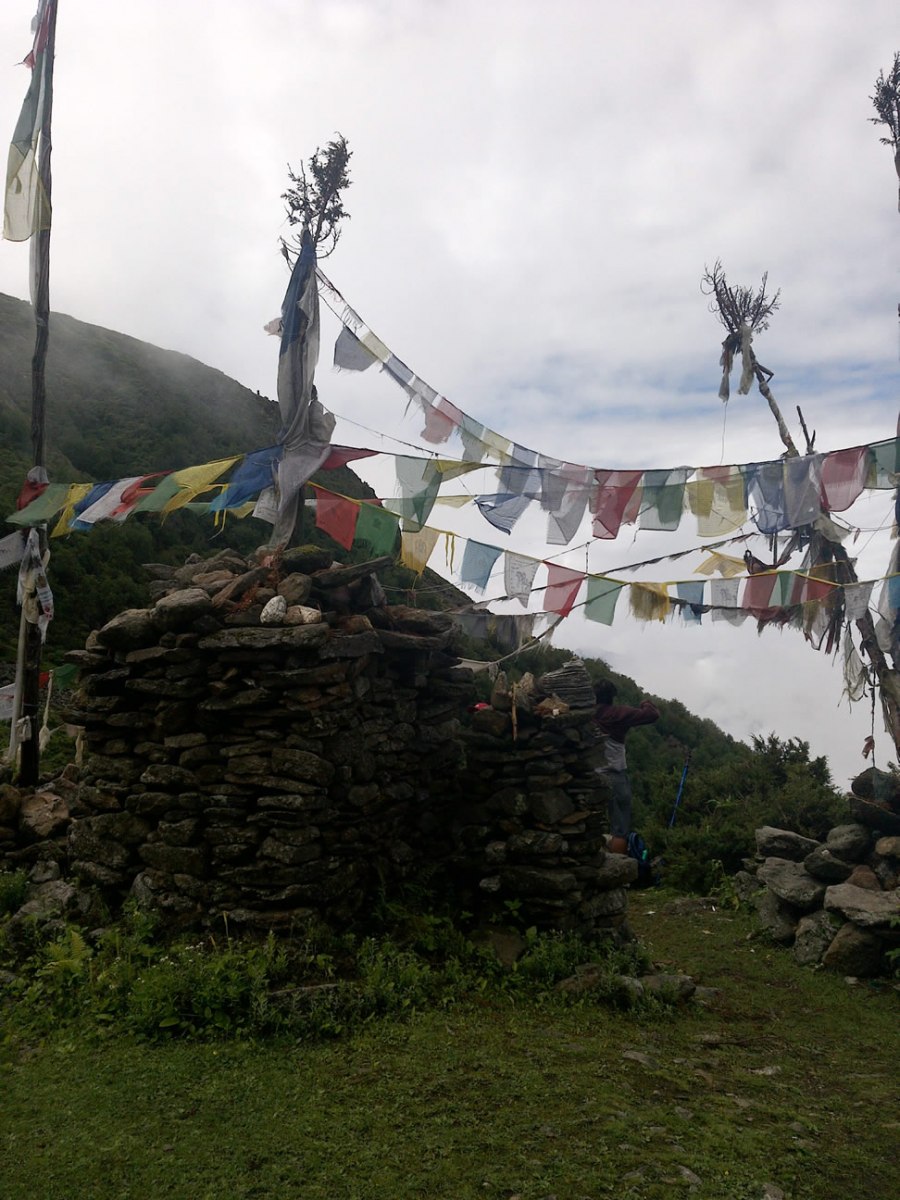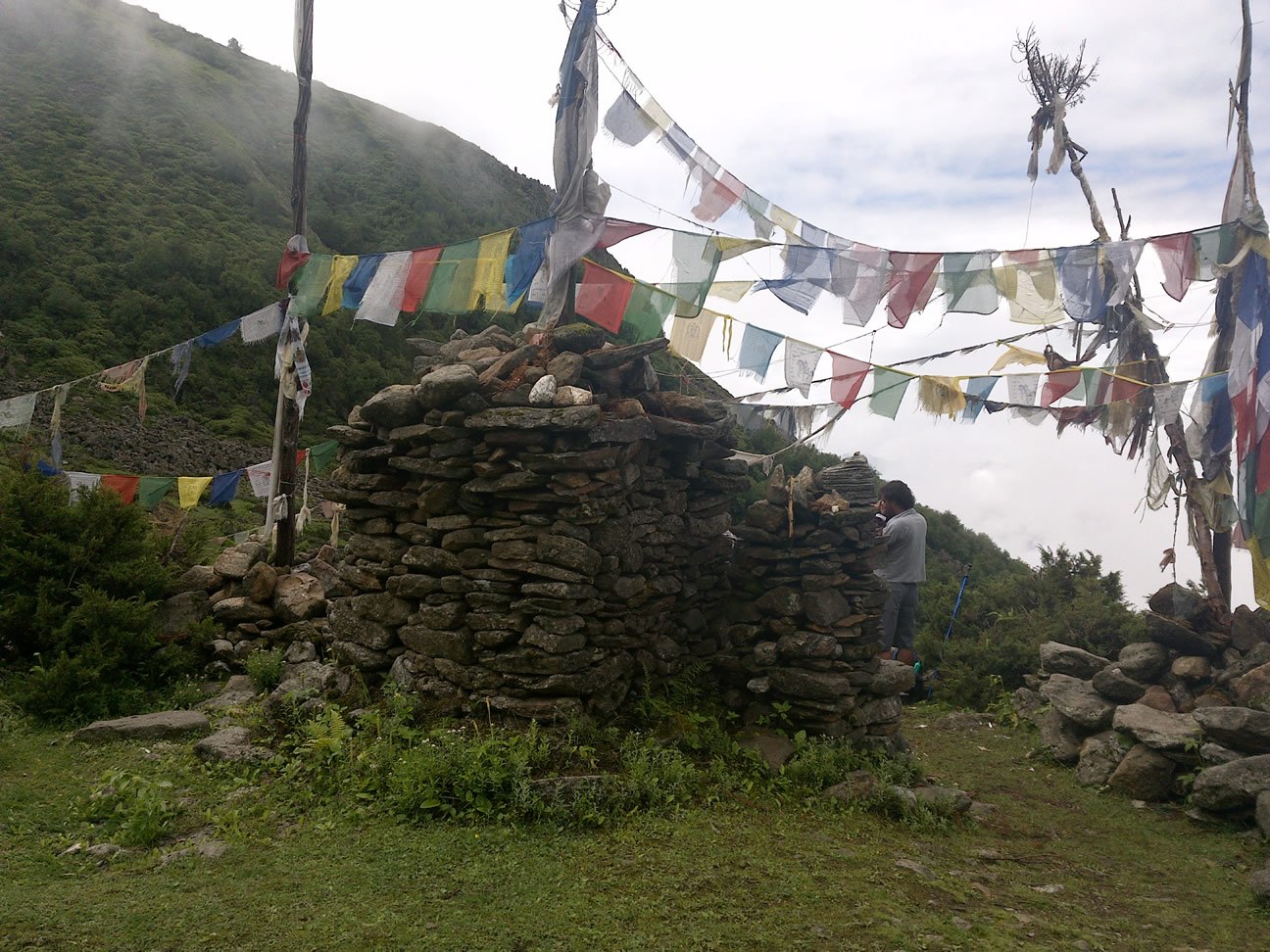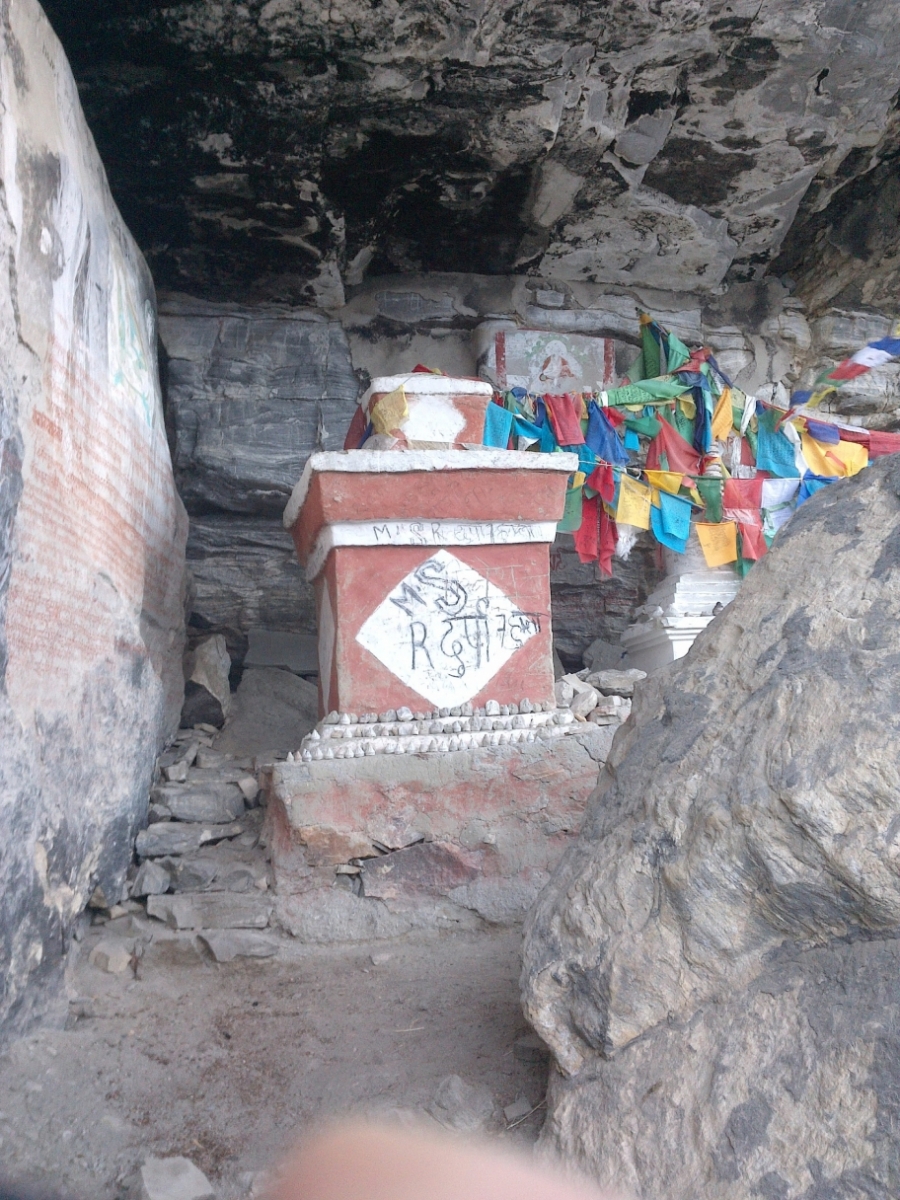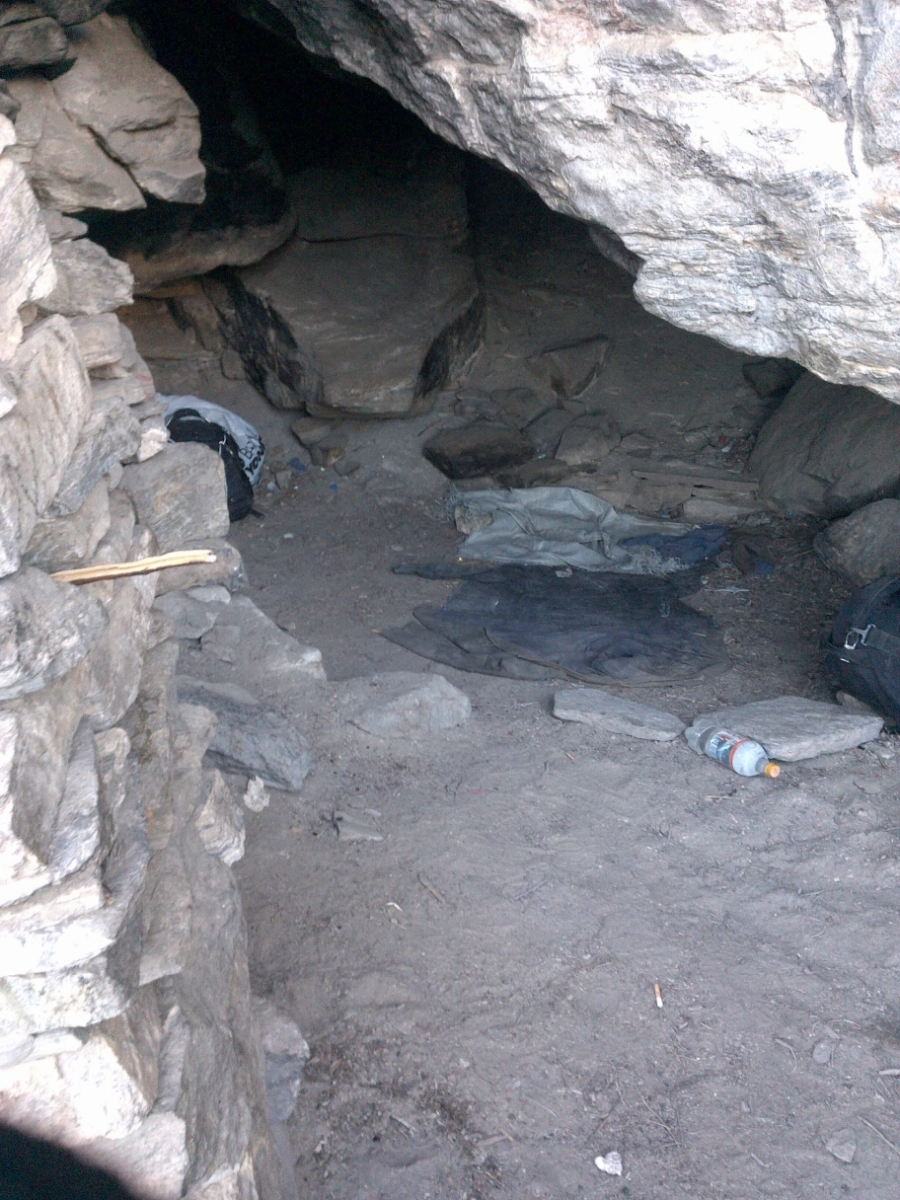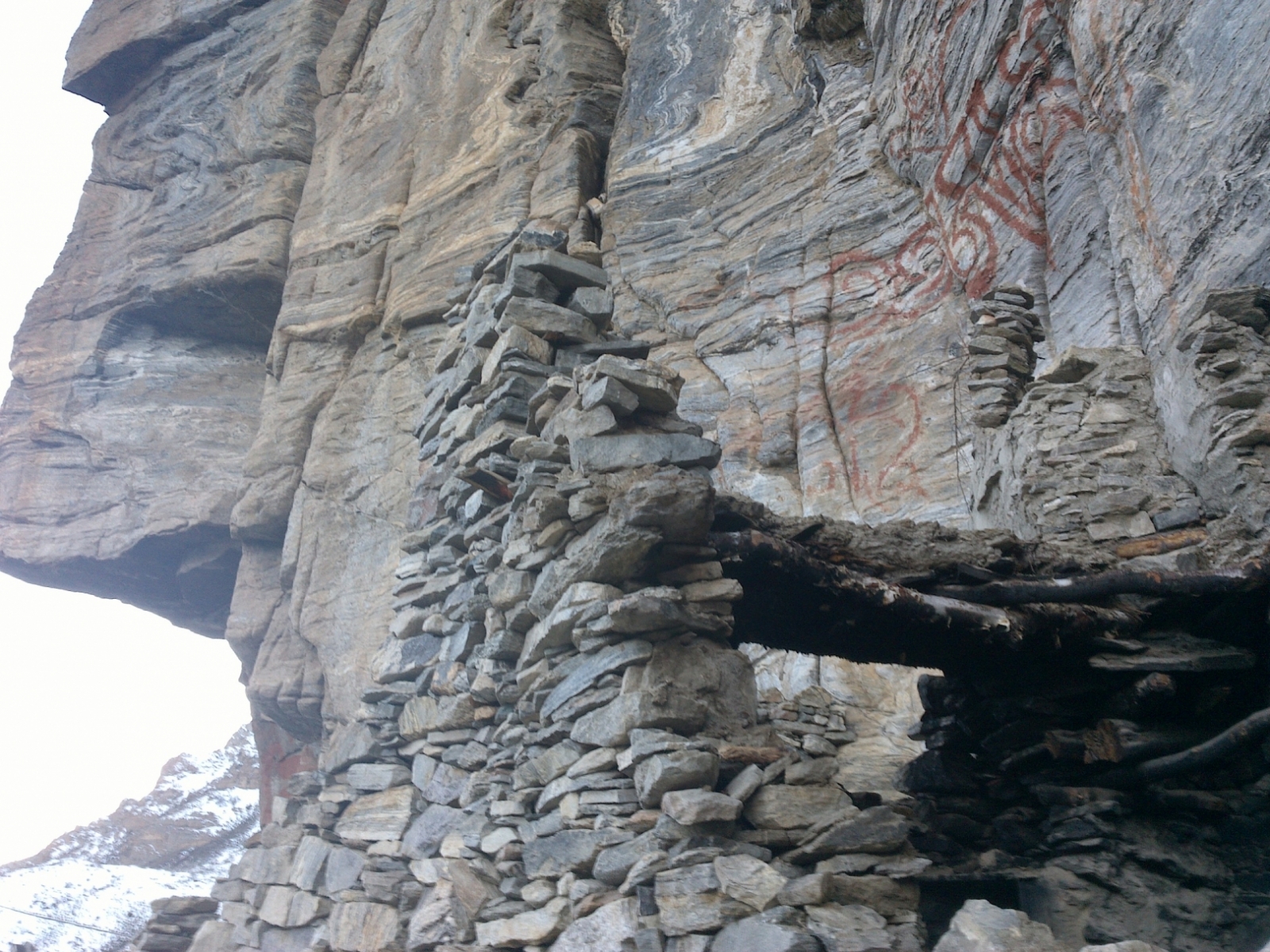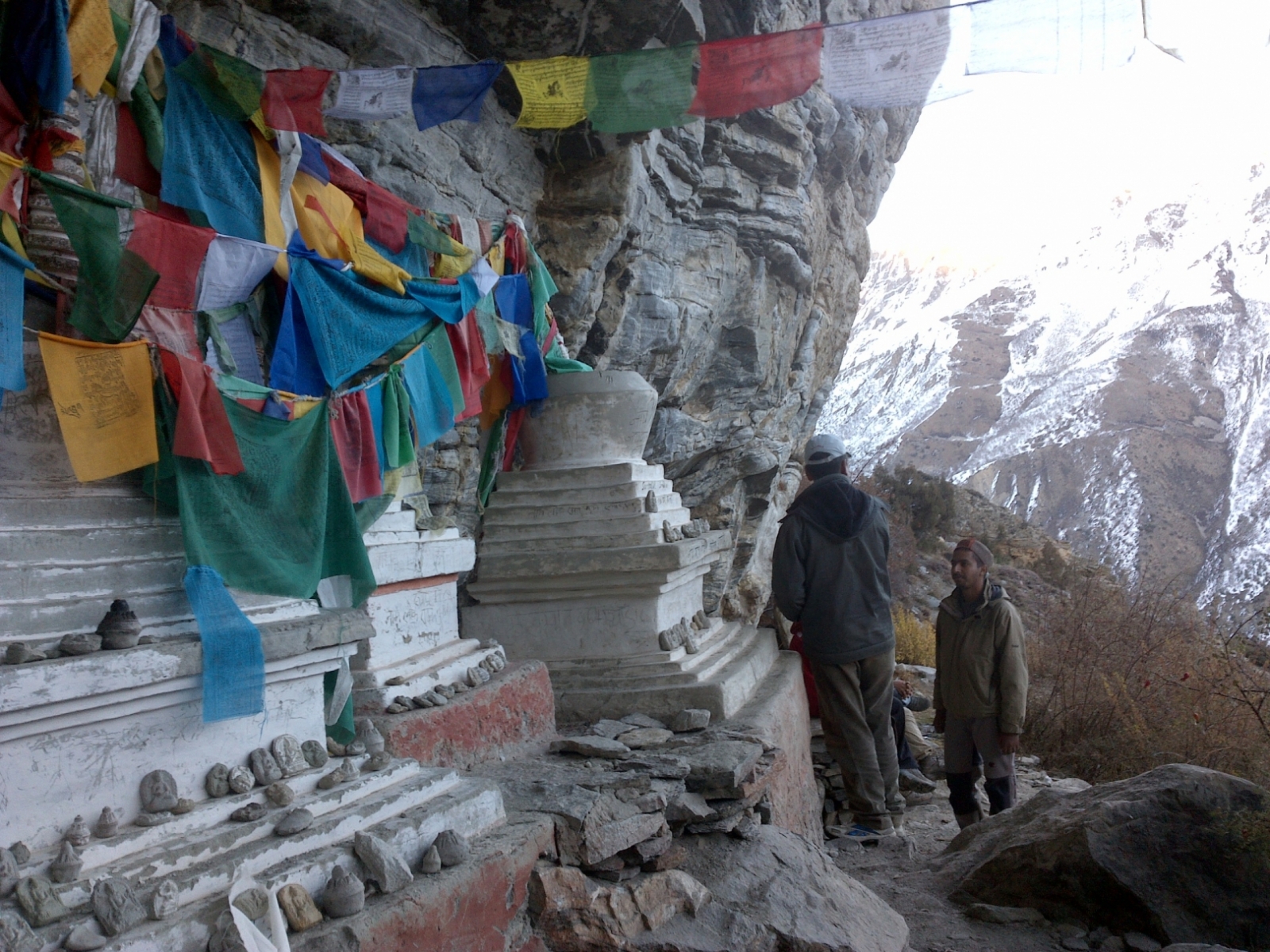
Mount Kailas – Photo Credit: Chris Radcliffe
Many people ask what is the proper name or spelling for the Mountain located north of Lake Manasarovar in western Tibet. The answer is not a simple or straightforward one, as different names and spellings can be found throughout history. The most common names used by South Asians are either Mt. Kailash or Mt. Kailas, from the Sanskrit word (कैलास).
Pronouncing Kailas:
Indian historian and Himalaya expert Shekhar Pathak argues that the proper spelling should be Mount Kailas (without an h), as this was the original spelling in ancient Hindu texts (more).
All ancient texts (Vedas, Ramayana and Mahabharata, Shiv Puran, etc.) used KAILAS (कैलास in Hindi) and it was followed by many poets from Kalidas to Tulsidas to the modern travelers, which includes Henry Strachey (1846), John Strachey (1849), Swami Pranavanand (1939) and so many others. Later some of the writers and travelers started using KAILASH (कैलाश in Hindi). KAILASH is not mentioned as a word in any Sanskrit or Hindi dictionaries.
As per Vaman Shivram Apte’s Sanskrit English Dictionary, Kailas is a mountain and a peak and residence of Siva and Kubera. In Nalanda Hindi Dictionary the meaning of Kailas is given as a mountain or a Himalayan Peak, Kailasnath means Lord Shiva and Kailasi means who lives in Kailas area.
In addition to this common Hindi name, the mountain is also known in Tibetan as Kang Rinpoche, Gang Rinpoche, Kangrinboqê (གངས་རིན་པོ་ཆེ) or Mount Tisé. Some tantric sects of Buddhism associate the mountain with the Buddha Demchog (Chakrasamvara). Jains refers to the mountain as Mount Meru (Sumeru), a five-peaked cosmic mountain considered to be the center of the universe. It was here that the founder of Jainism, Rishabhanatha, who was a tirthankara or righteous spiritual teacher, was said to have attained moksha, liberation from the karmic cycle of birth and death. These are just a few of the numerous popular legends and stories which connect in some way with Mount Kailas.
As with the name, there are a variety of stories about this mountain. But what nearly all of the stories have in common is the belief in the sacredness of the mountain. As Alice Albinia notes in her book Empires of the Indus: The Story of a River (2008):
Where the four rivers [Indus/Sutlej/Karnali/Brahmaputra] begin, four faiths-Bön, Buddhism, Jainism and Hinduism–congregate in pilgrimage. The worship of mountains and rivers is intrinsic to the fabric of South Asian tradition, and the mountain where these rivers begin is the epitome of that philosophical intermeshing.
Tibetan Buddhists call it Kangri Rinpoche; ‘Precious Snow Mountain’. Bön texts have many names: Water’s Flower, Mountain of Sea Water, Nine Stacked Swastika Mountain. For Hindus, it is the home of the mountain god Shiva and a symbol of his power symbol om; for Jains it is where their first Tirthankara was enlightened; for Buddhists, the navel of the universe; and for adherents of Bön, the abode of the sky goddess Sipaimen.
As Albinia rightly notes, the water sources originating from the watersheds surrounding Mount Kailas are critical to South Asia, and this region of the Himalaya is often referred to as the “Third Pole” or the “water tower of the world”, as these four river systems support over 1.3 billion people. Evidence of the religious links between the mountain and rivers can be seen in a number of ritual and sacred art works, as evident in this mural inside the Dirapuk Monastery along the Kailash kora (circumambulation) route.

Dirapuk Monastery Mural in Tibet
Each of the animals represent one of the four great rivers of South Asia. Clockwise from top are a mythical Lion (Indus), a Horse (Brahmaputra), a Peacock (Karnali) and an Elephant (Sutlej).
There are also many stories about Kailas and Manasarovar, particularly in ancient Vedic and early-modern Hindu texts, as mentioned by Professor Pathak. Kailas is traditionally associated with the Hindu god Shiva, and Kailas is considered to be his abode. Stories abound, such as a great battle between the Bönpo deity Naro Bön-chung and the Buddhist saint Milarepa for supremacy of Tibet.
This is the iconic image of Kailas as seen from its north face. This is the image that many pilgrims have in their mind when they think of what Kailas looks like, and it is this view that is most commonly reproduced in posters and related print media. Note the distinct snow-capped peak, the numerous side-to-side bands of snow overlaid on the dark black rock, and the interspersed rivulets of snow trailing down along the mountain from the peak to the base.
The map below, courtesy of Kailash Yatra, shows the common route taken by pilgrims making the kora around Mount Kailas. The town of Darchen (labeled Tarchen below) is the point of departure for most yatris traveling around Kailas in the traditional Hindu and Buddhist practice of clockwise circumambulation. However, unlike the Buddhists and Hindus, Bönpo adherents circumambulate counter-clockwise.


